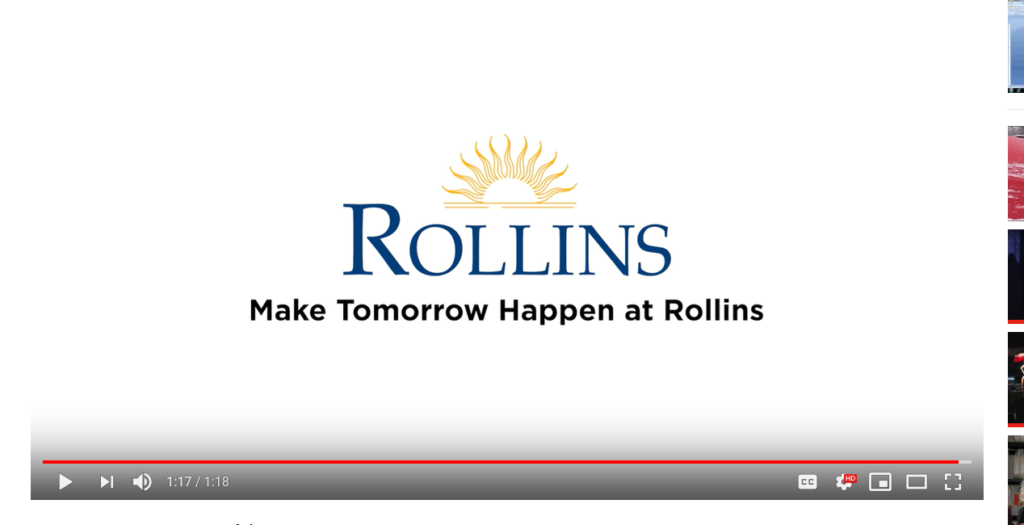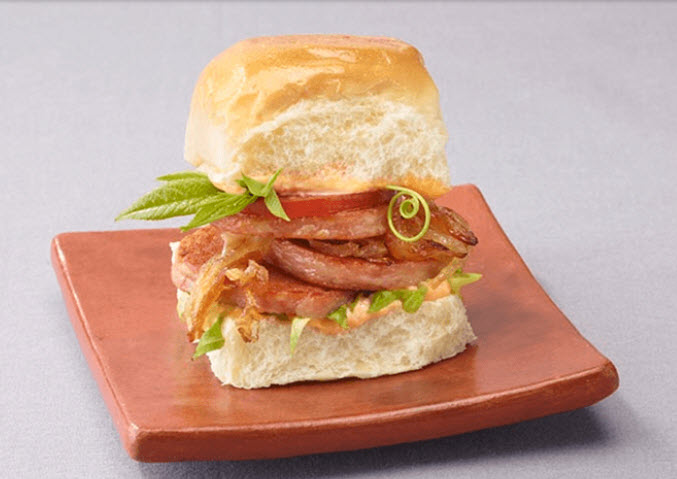Wal-Mart’s Newest TV Spot.
Stop the presses! I saw a Wal-Mart commercial last night that had some personality. It made me, dare I say, laugh out loud. A mom was putting on some facial cream in front of a mirror with her children splayed at her feet. “What are you doing mommy?” “Trying to look a little younger, kids” was the warm response.” They type of truthful, self-effacing response you rarely see on TV. As kids do, they sponge up the info and do something with it — applying the same lotion to grandpa’s sleeping face in the den. In big gobs. Doing a really good job. “Grandpa is going to be so happy when he wakes up!” giggle the children.
Wal-Mart needs a makeover. The class action case against it. The big box coldness. The smell of bad pizza wafting through the check-out lines. Not that all these things will drive shoppers away; shoppers need Wal-Mart. But the company just lacks a special connection with its audience…something that advertising can foster. This ad is a step in the right direction.
If Wal-Mart could be a bit more like Costco, it would do even better. The YouTube videos of Wal-Mart shoppers folding out of their clothes do not help. Those videos probably have more views than the TV ads.
Wal-Mart is the world’s biggest anything. And growing. You’d think they could grab hold of a powerful brand idea and build their image. This spot may just be the start – the idea to have an idea. Peace!
PS. Anyone know who did the work?





